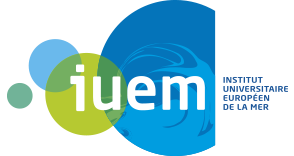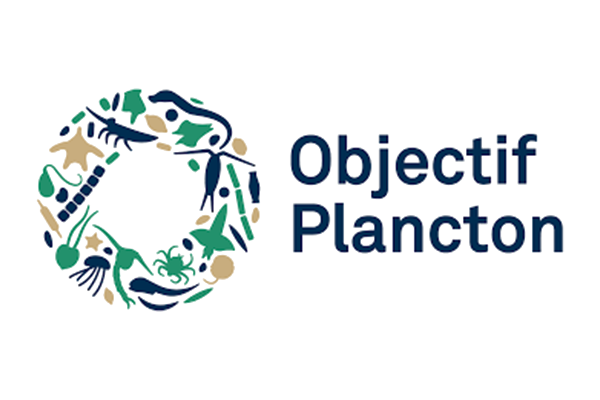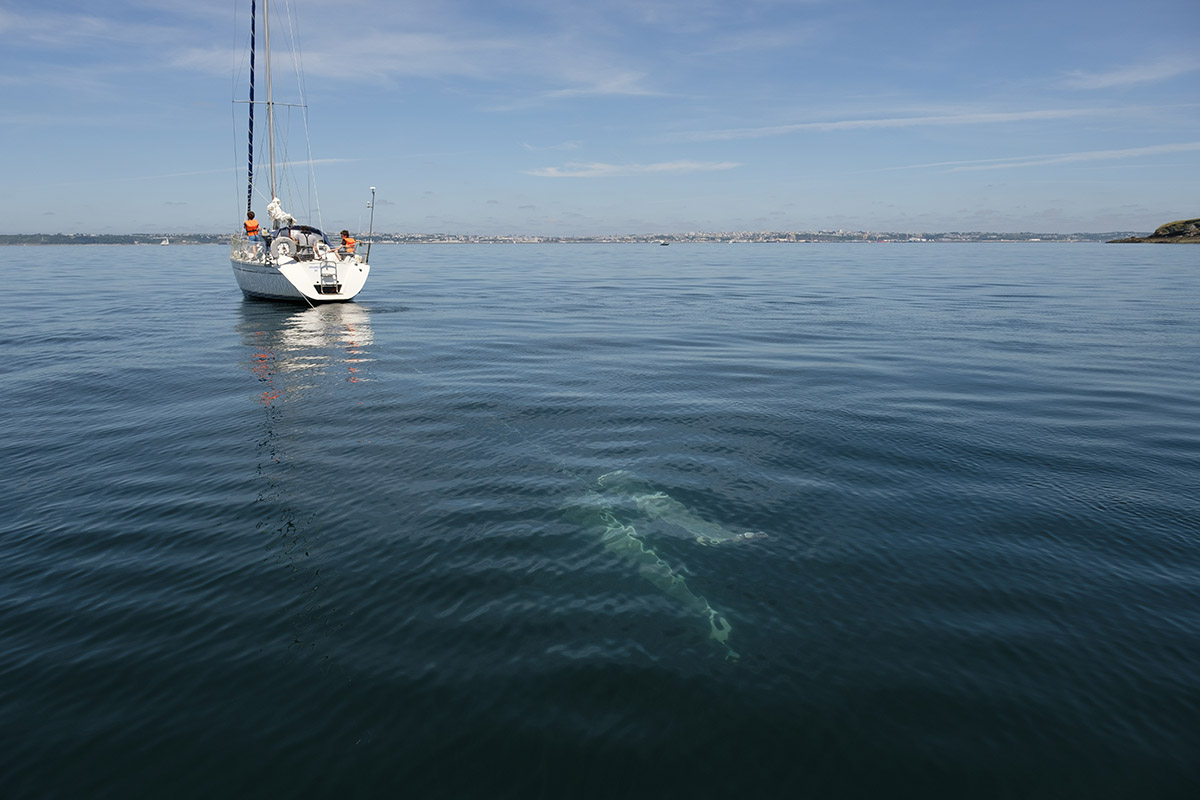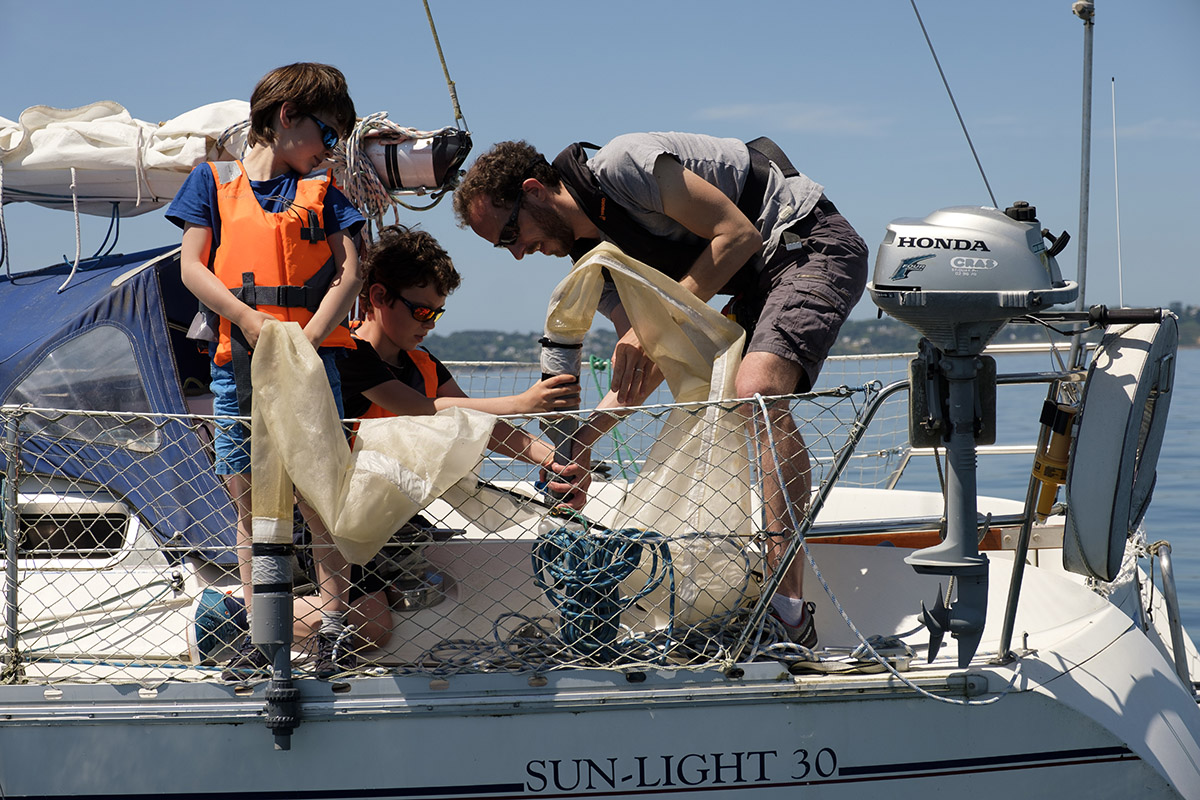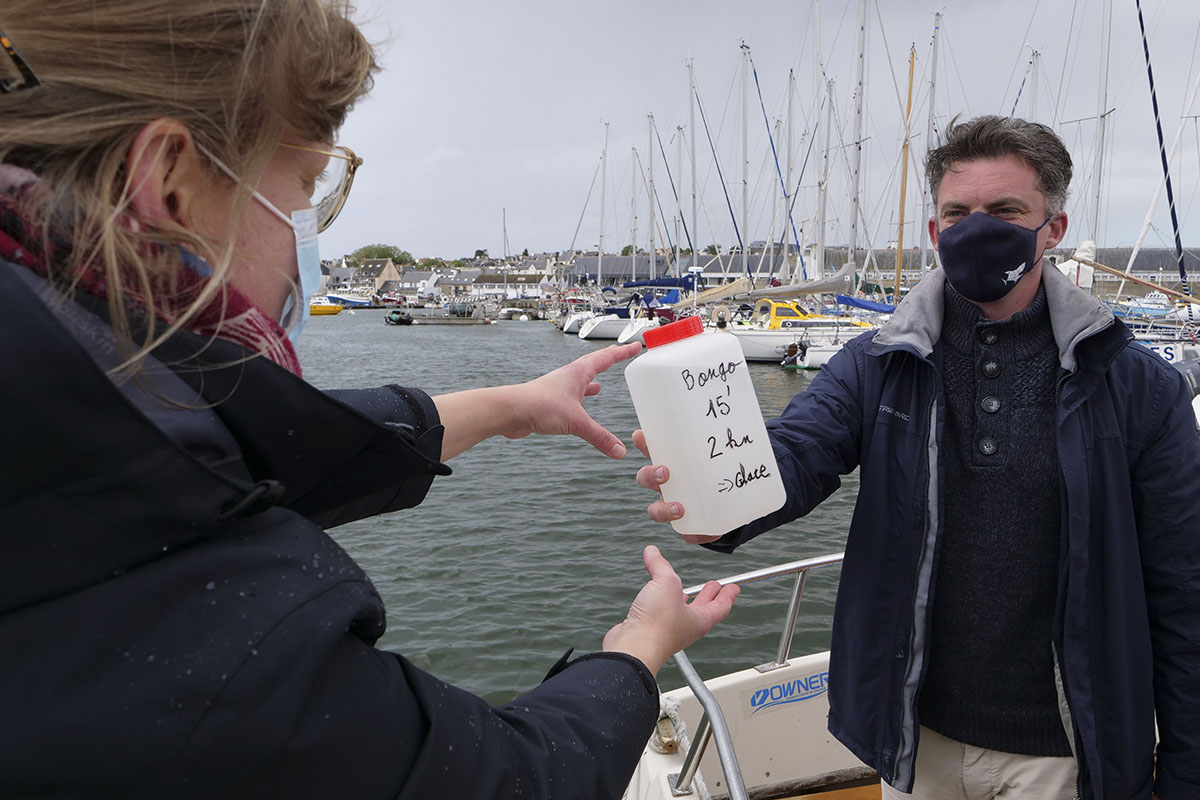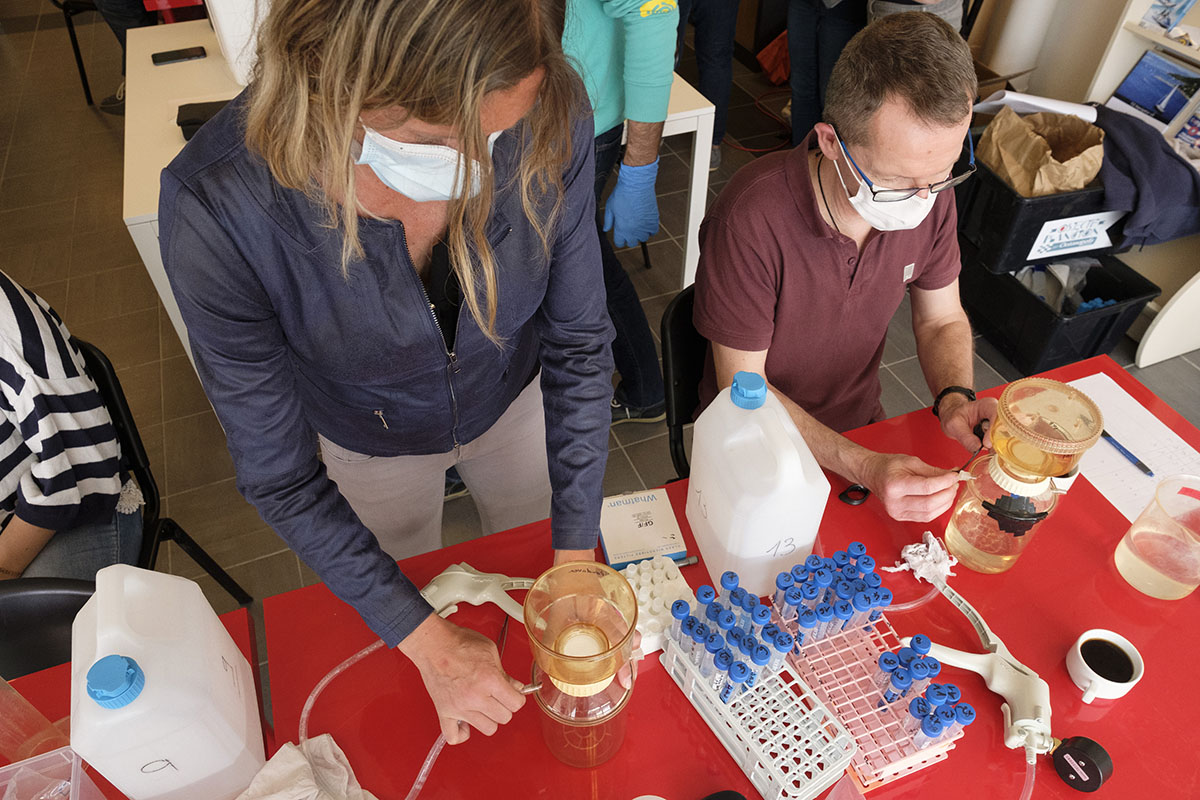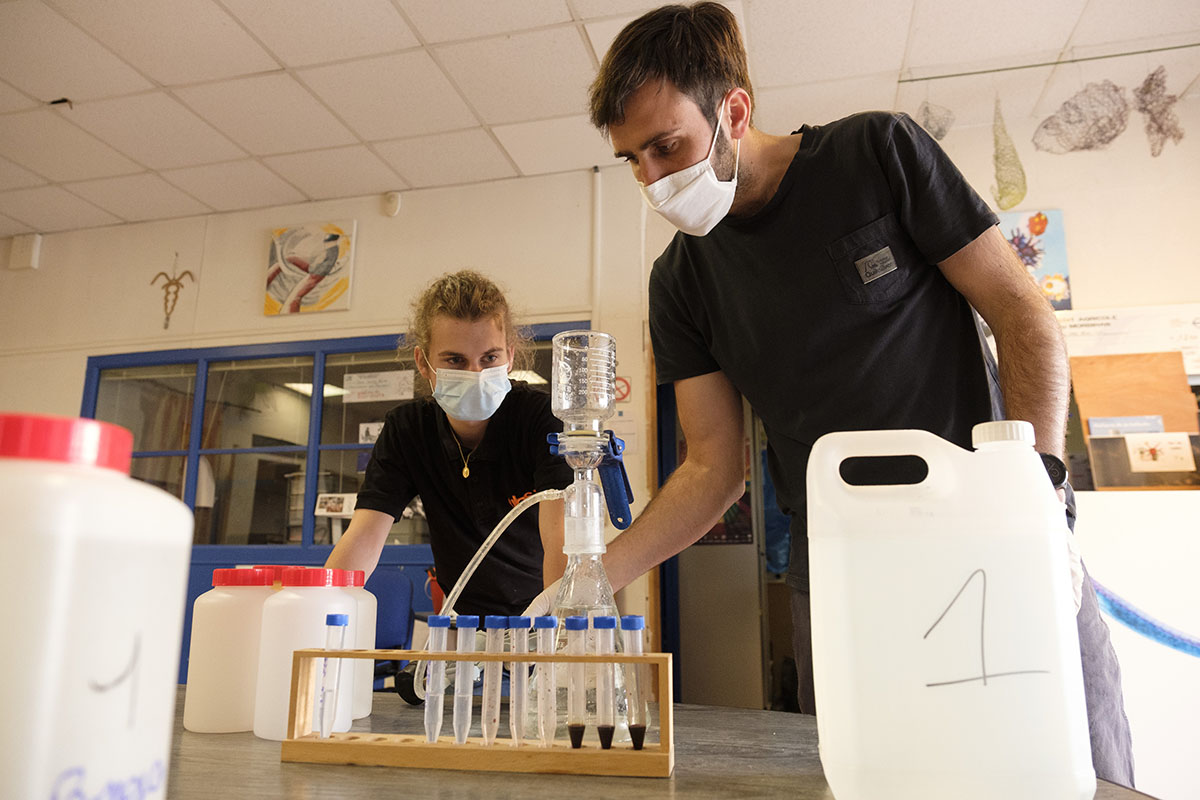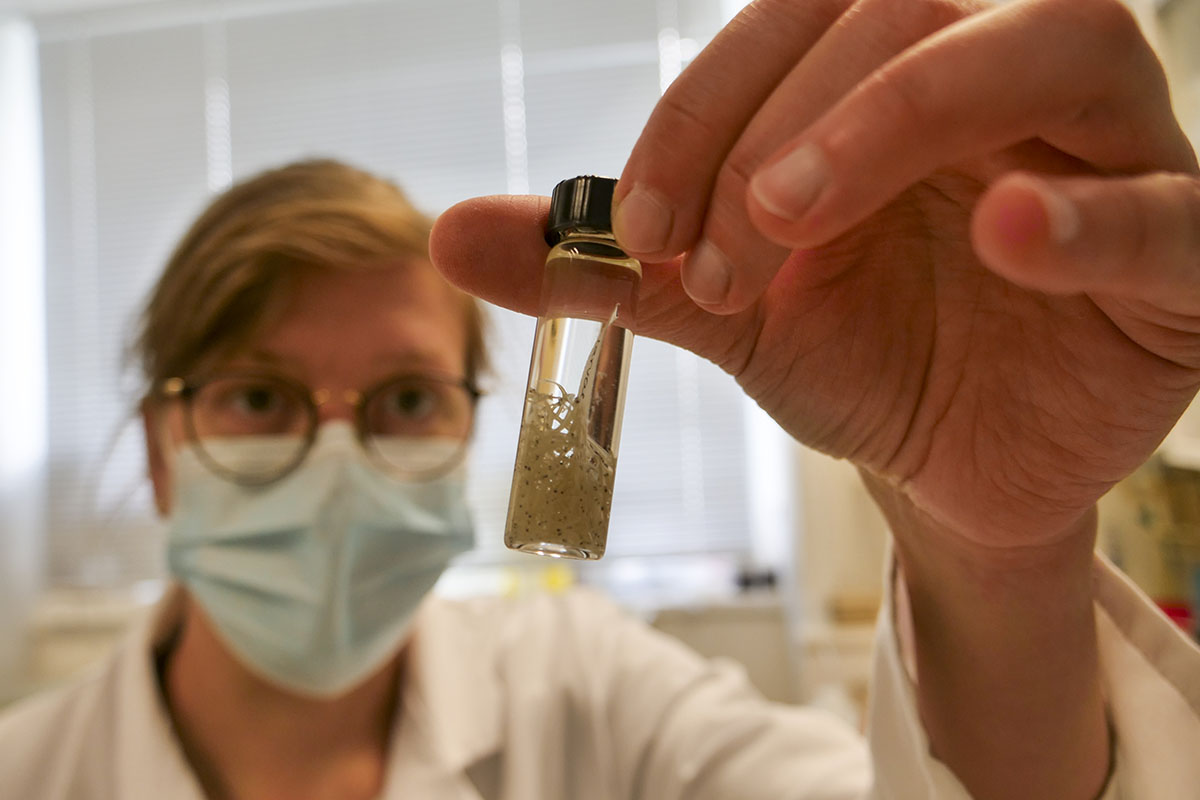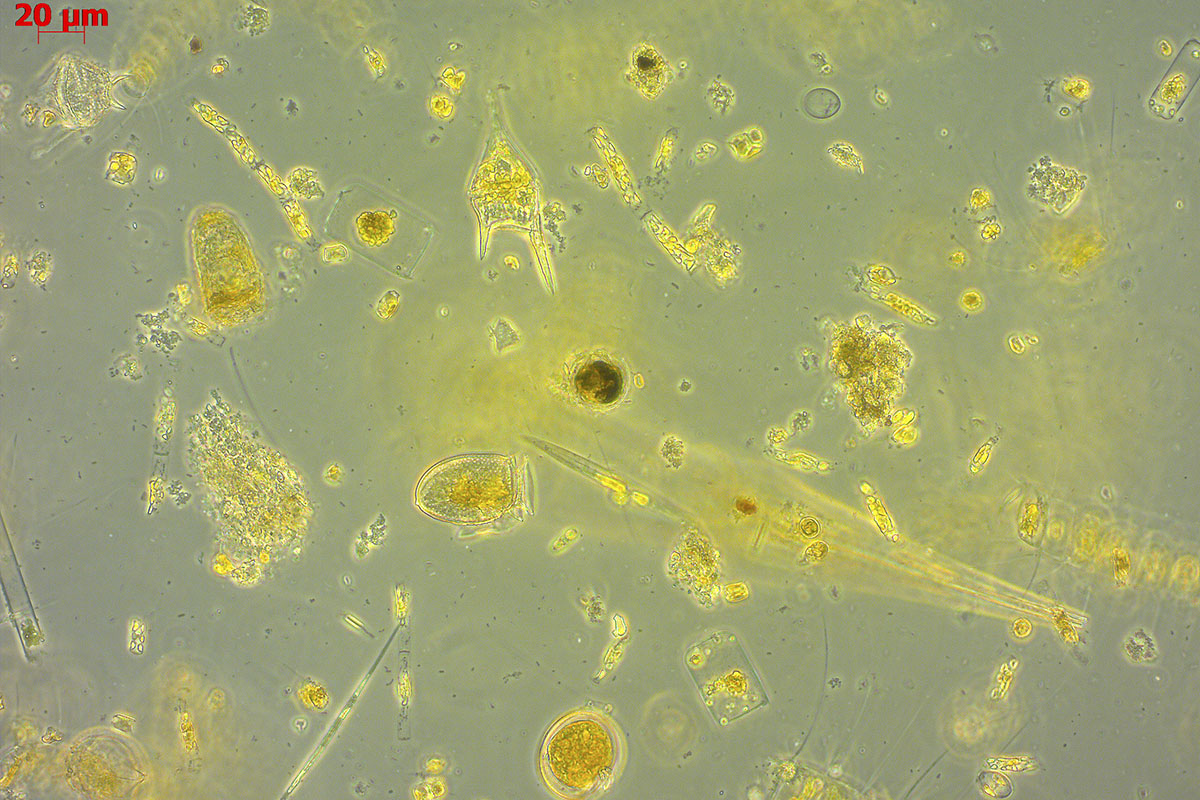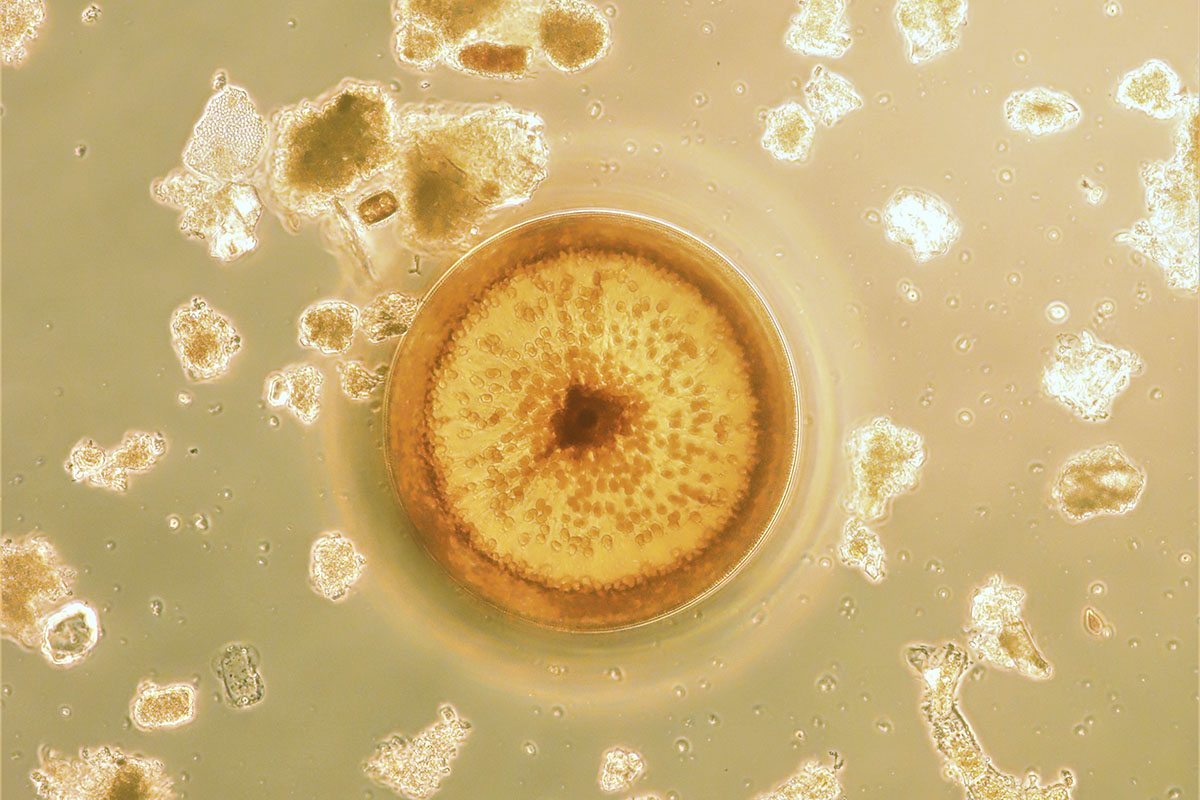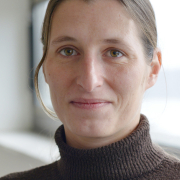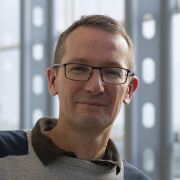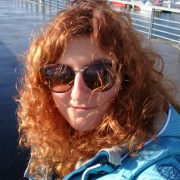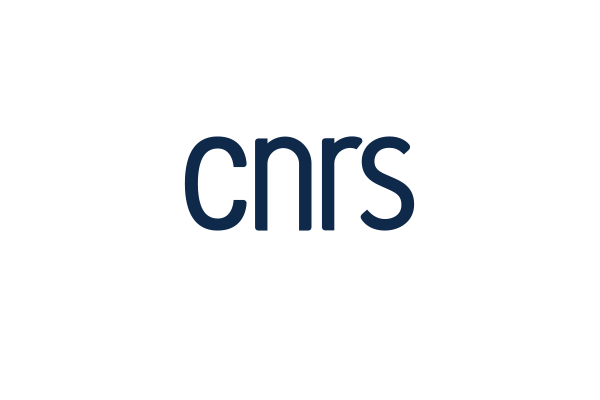Participatory observation series
Objective Plankton
The participatory science programme Objectif Plancton, coordinated by Océanopolis Brest, aims to study coastal plankton in the harbours of Brest and Lorient as well as in Concarneau Bay. This regional project brings together scientists, yachtsmen, scientific mediators and the general public to contribute to our knowledge of the ocean. This programme is unique in that it makes it possible to acquire a series of observations and measurements that deal with both small-scale spatial variations and temporal variations in planktonic, plant and animal diversity in the coastal environment. The participation of sea users is an essential and original part of this scientific research programme, which is fuelled by an eco-citizen initiative. This collective project contributes to improving knowledge of coastal ecosystems and creating new links between science and society.
Partners
Coordinator: Océanopolis
Research and scientific culture partners: European Institute for marine studies (IUEM-UBO), IFREMER, Concarneau Marine Station (National Museum of Natural History/Sorbonne University), EXPLORE, Plankton Observatory.
Sea user partners: Amicale des plaisanciers des Marinas de Brest (APMB), SNSM de Brest, associations “Les Glénan”, “Marche Avec”, “Ansel”, “Astrolabe Expéditions”, Centre Nautique de Fouesnant Cornouaille, Club nautique des minahouets de Locmiquelic, Association des Pêcheurs Plaisanciers de la Région de Lorient, Amicale des pêcheurs plaisanciers de Port-Louis.
The site
3 collection sites and many participants.
- In Brest harbour, around twenty boats take part in each collection session, whether they are members of the Amicale des plaisanciers brestois or the SNSM.
- In the Bay of Concarneau, no less than thirty volunteers are involved in Objectif Plancton, whether they are individuals or members of associations such as “Les Glénan”, “Marche Avec”, “Ansel”, “Astrolabe Expéditions” or the Centre Nautique de Fouesnant Cornouaille.
- In Lorient harbour, the Club nautique des Minahouet de Locmiquelic, the Association des Pêcheurs Plaisanciers de la Région de Lorient, and the Amicale des pêcheurs plaisanciers de Port-Louis regularly collect plankton on board a dozen boats.
Monitoring
|
| ||
|---|---|---|---|
|
| ||
|
| ||
|
| ||
|
| ||
|
| ||
|
| ||
|
| ||
|
|
Sampling kits are provided to each yachtsman in order to measure the parameters mentioned below:
- A Secchi disc for measuring water turbidity
- Various canisters and bottles to contain the samples
- An isothermal bag and ice to preserve certain samples (phytoplankton and ichthyoplankton)
- Different types of nets depending on what is to be collected for laboratory analysis (Bongo net for animal plankton, phytoplankton net (20 microns))
- A collection tube to collect seawater for laboratory analysis of the following parameters: salinity, nutrient concentrations, photosynthetic pigment levels, cytometry, total biomass and organic matter composition
- Lugol to preserve some samples until they are analysed in the laboratory
In the laboratory, various tools are used: inverted microscope, FlowCam, HPLC, flow cytometer, auto-analyzer, etc.
